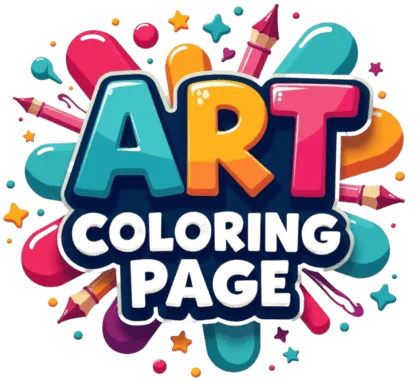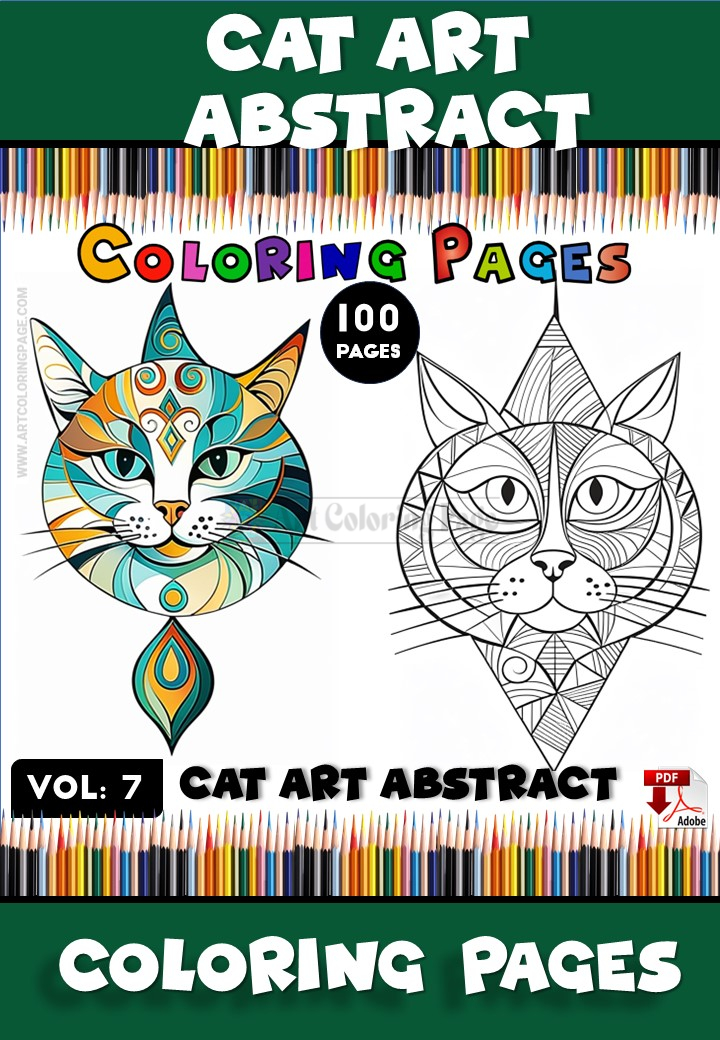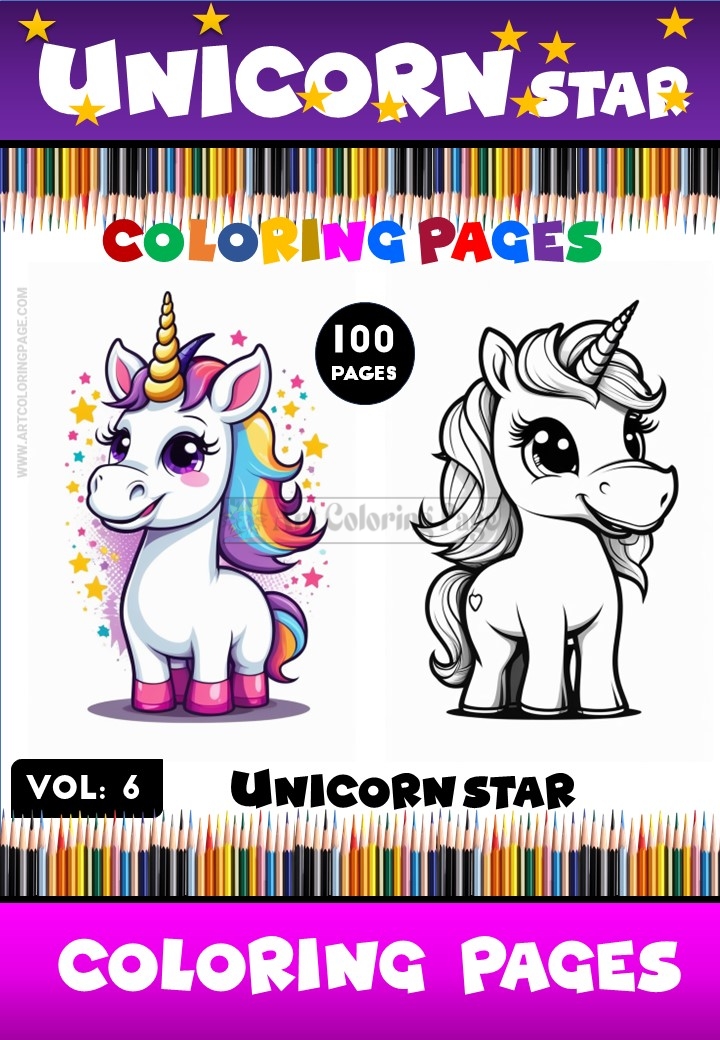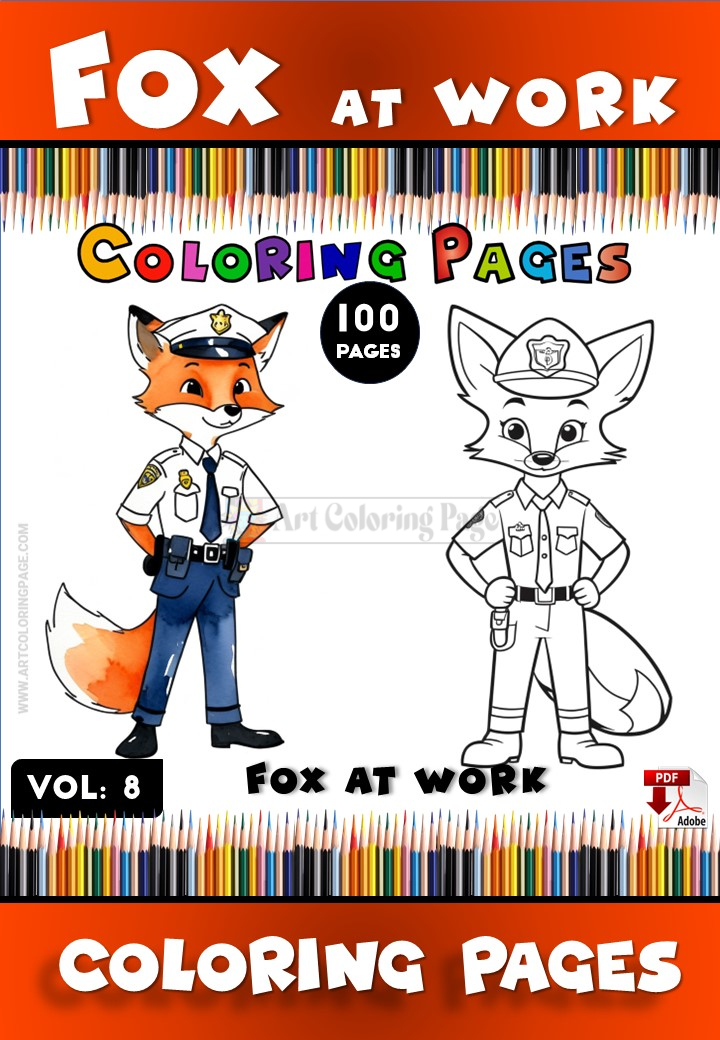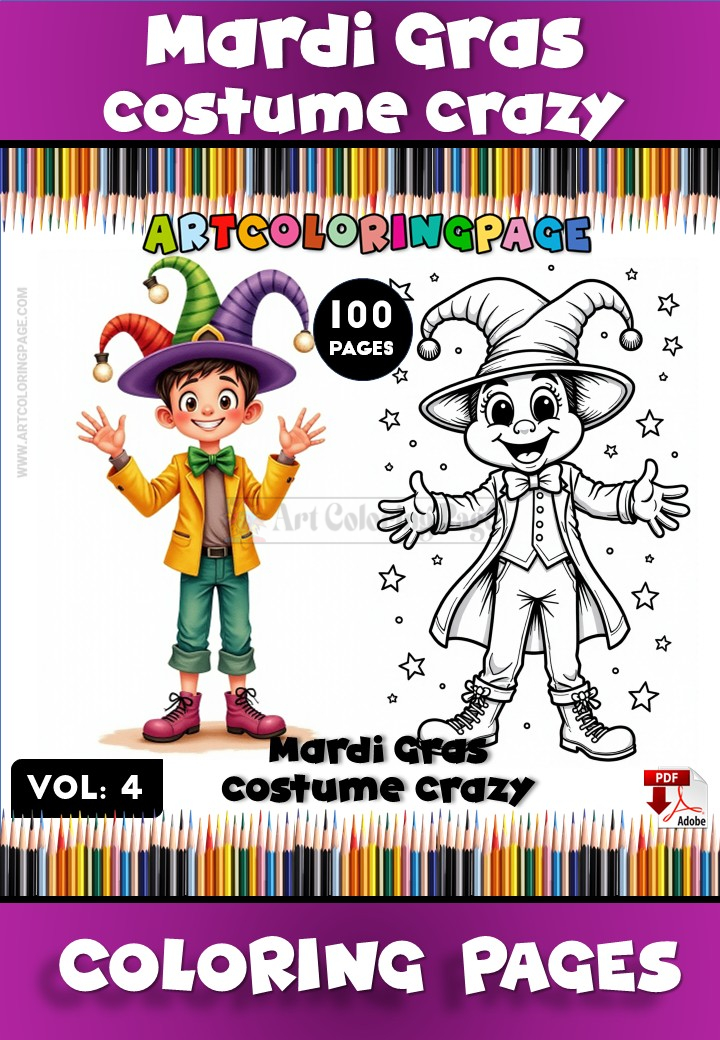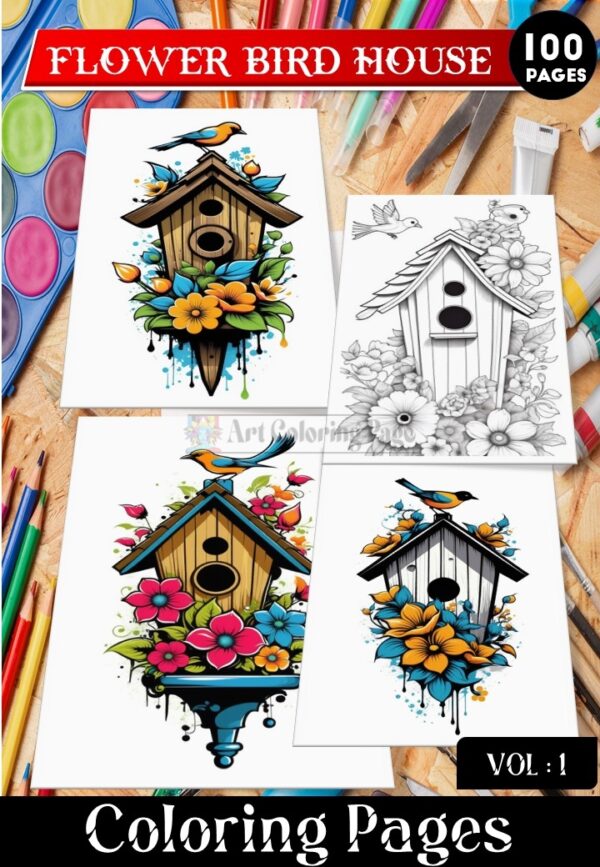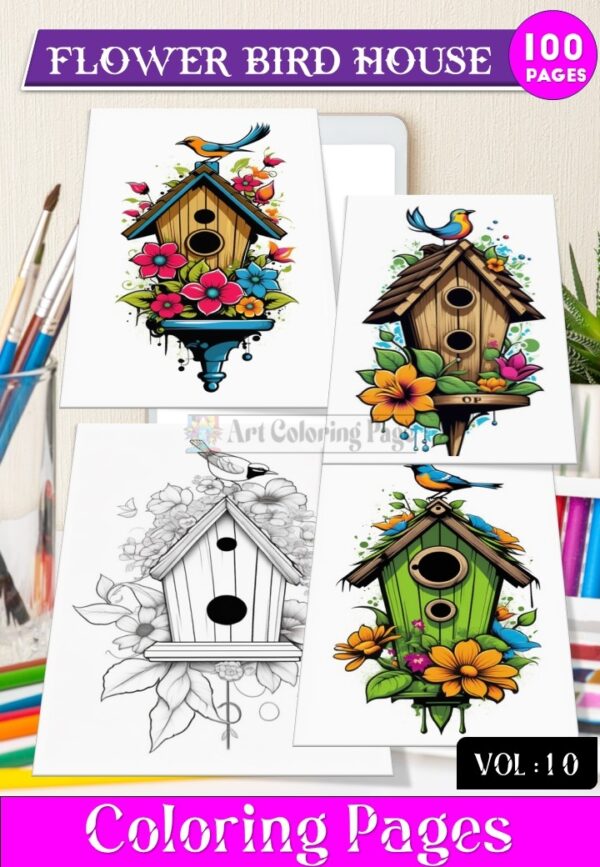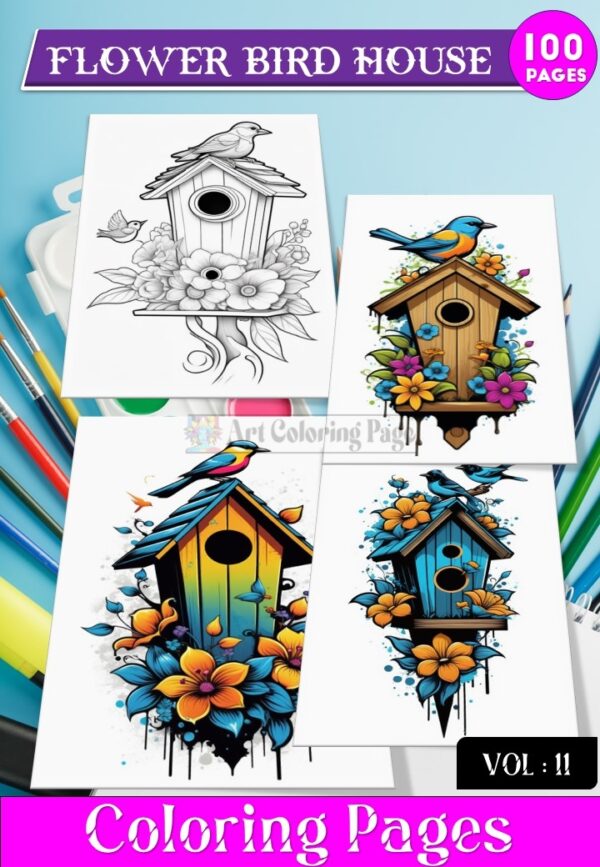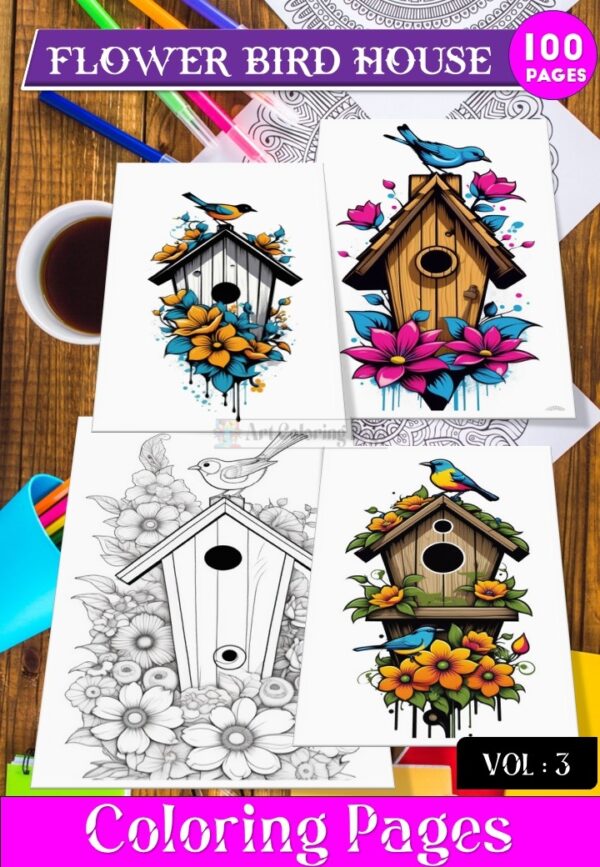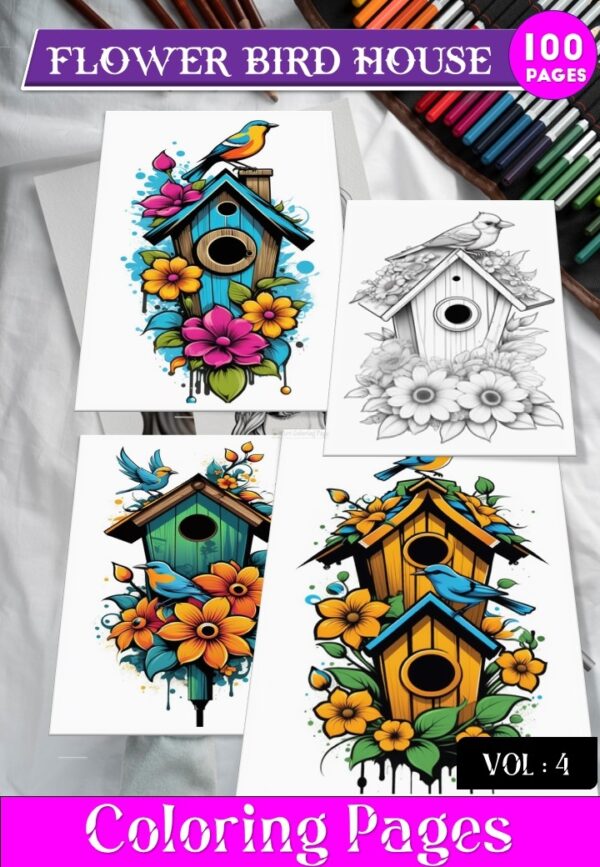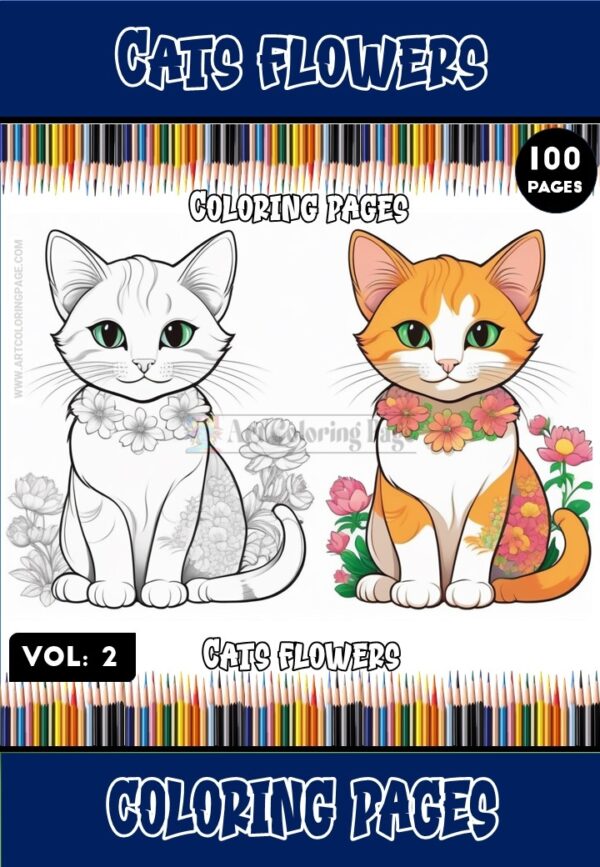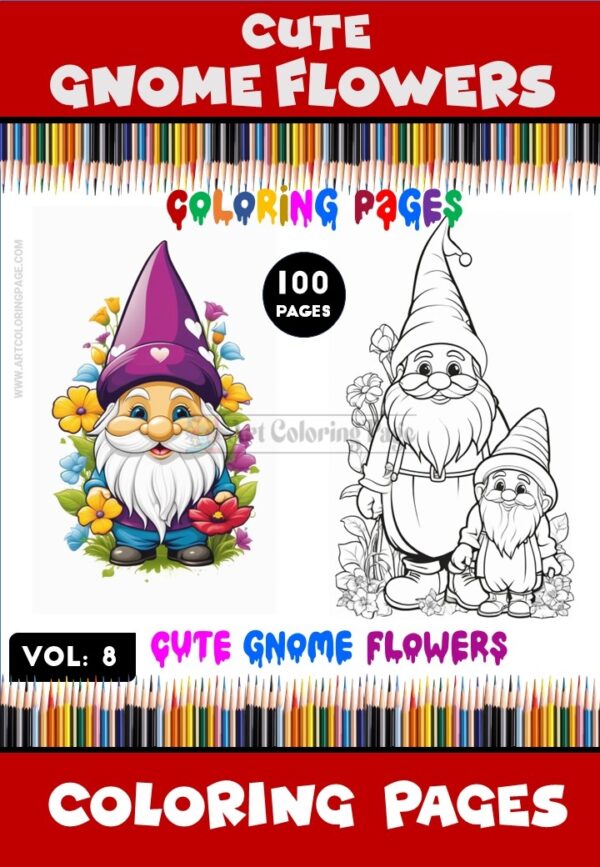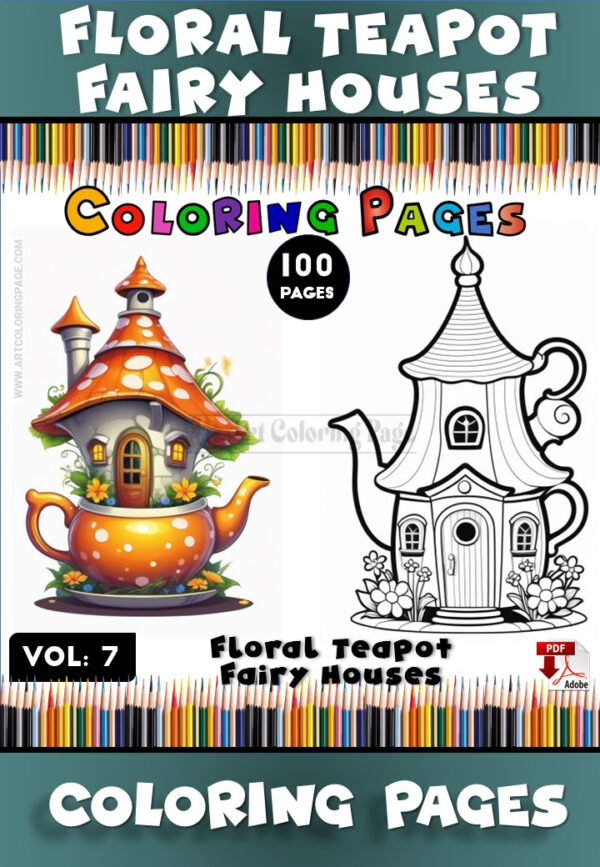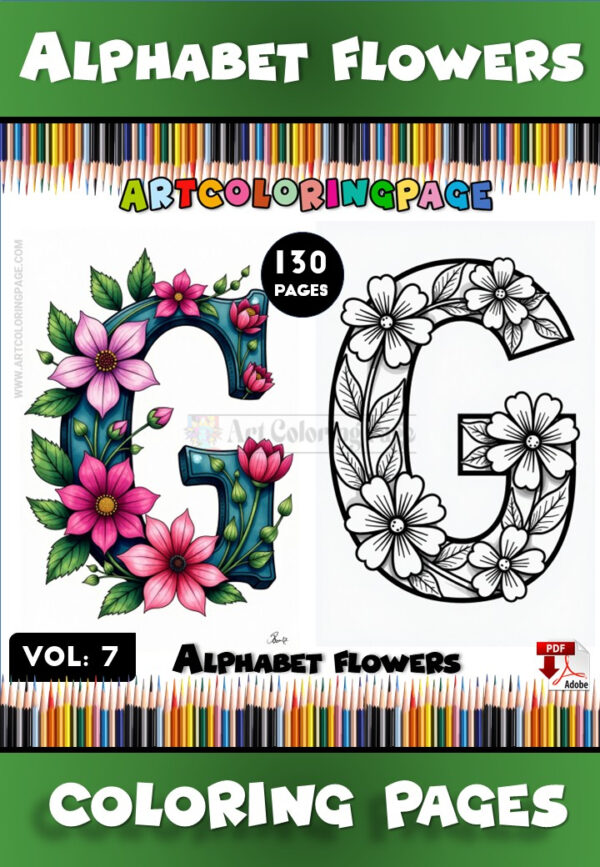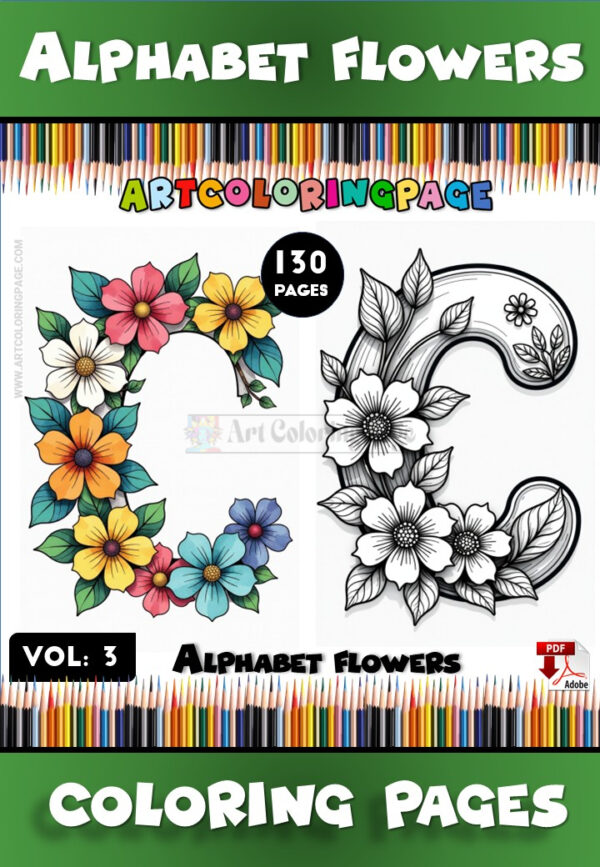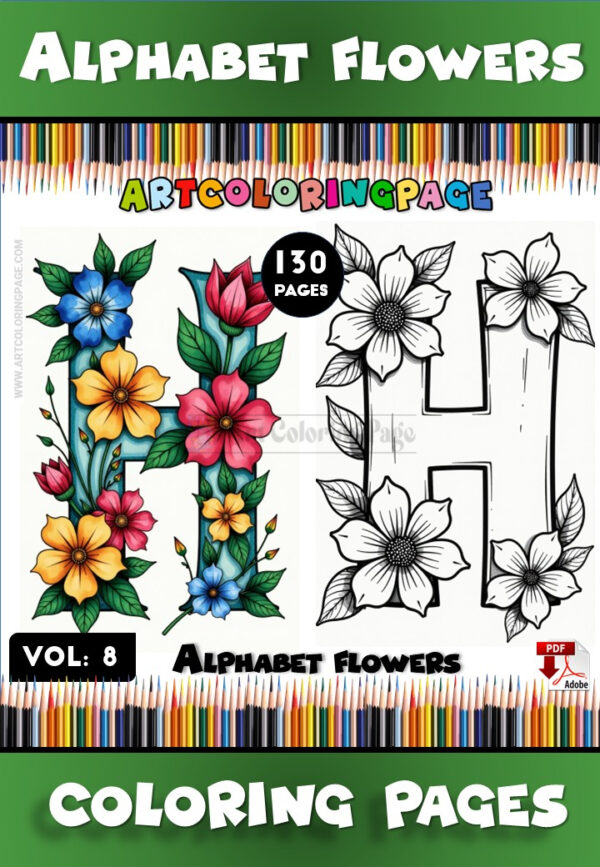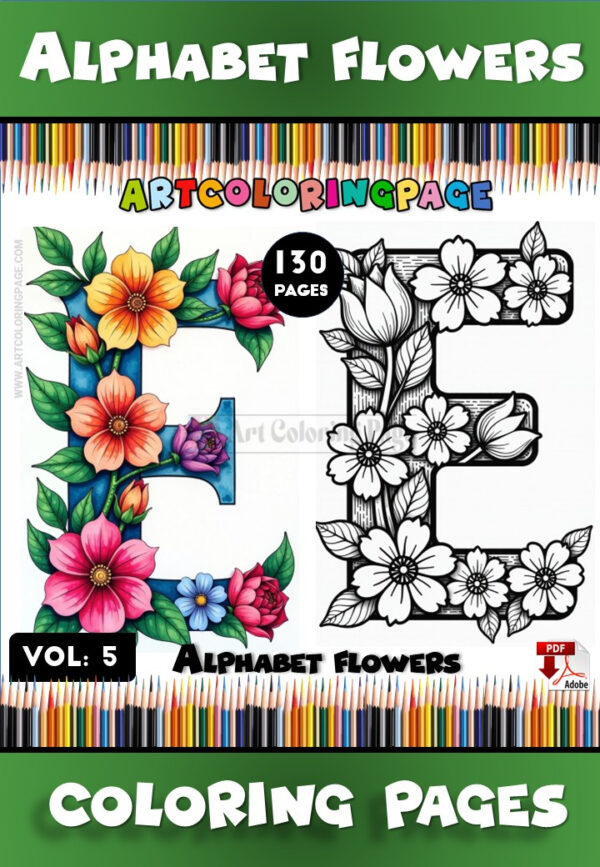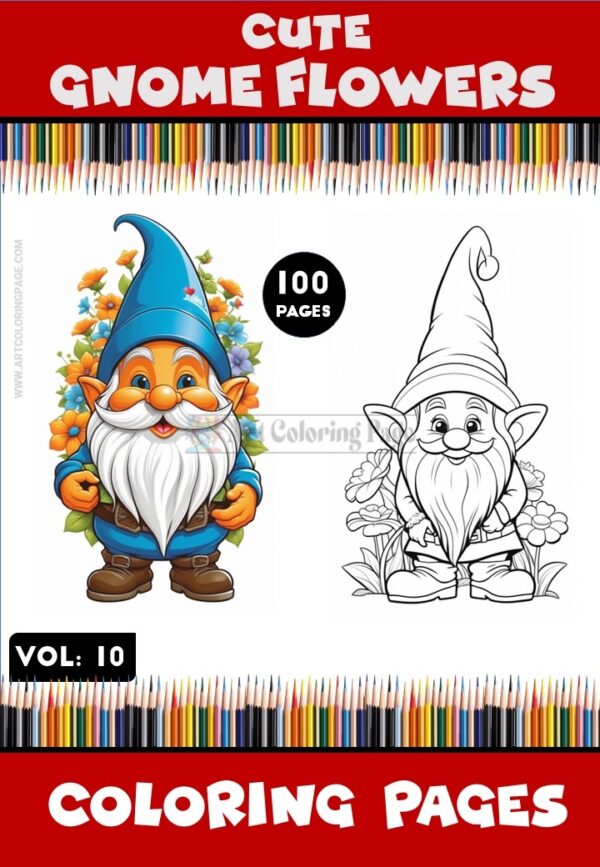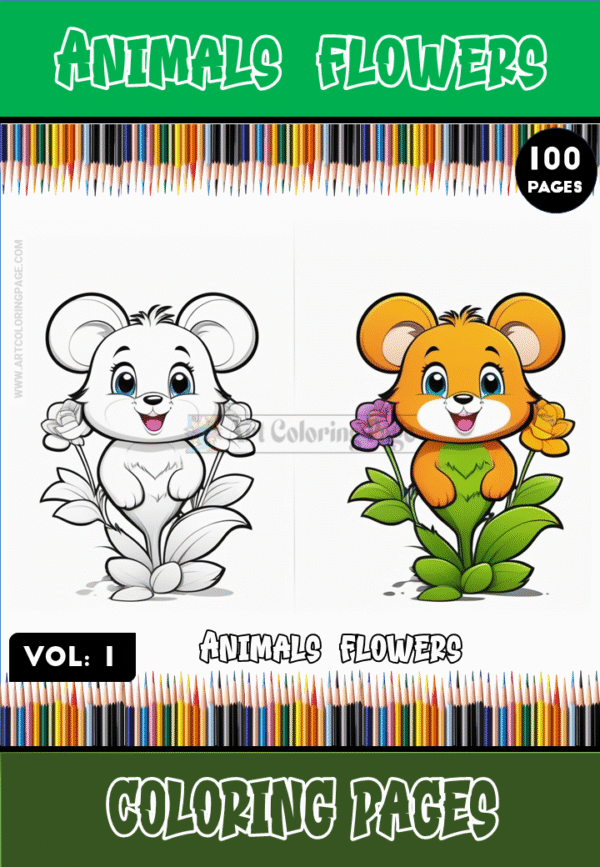Blogs coloring page
Adult Coloring Pages with Flowers: Bloom into Calm & Creativity
The Enduring Appeal of Floral Themes in Adult Coloring
In the bustling, often overwhelming landscape of modern adult life, finding moments of peace, creative expression, and mindful engagement is not just a luxury, but a necessity for well-being. Amidst the myriad options for relaxation and hobbies, the seemingly simple act of coloring has experienced a remarkable resurgence, particularly among adults. And within this colorful renaissance, one theme consistently stands out for its timeless beauty, therapeutic potential, and universal appeal: flowers. Adult coloring pages with flowers offer more than just intricate designs to fill with color; they provide a gateway to a calmer state of mind, a connection with the natural world, and a satisfying outlet for artistic inclination, regardless of prior experience. The enduring popularity of floral motifs in art and design throughout history speaks to their deep resonance with the human spirit, symbolizing growth, beauty, fragility, and resilience – themes that echo profoundly in the adult experience.
These aren’t the simplistic daisy outlines of childhood. The coloring pages designed specifically for grown-ups feature sophisticated, detailed illustrations demanding focus and rewarding patience. From botanically accurate renderings of exotic orchids and classic roses to stylized Art Nouveau patterns, intricate floral mandalas, and whimsical secret gardens, the variety is astounding. Engaging with these designs offers a unique blend of mental stimulation and profound relaxation. The focused attention required pulls the mind away from anxieties, the repetitive motion soothes the nervous system, and the inherent beauty of the subject matter provides aesthetic pleasure and a connection to nature’s calming influence. This article invites you to explore the enchanting and beneficial world of adult coloring pages with flowers. We will delve into the psychological and aesthetic reasons behind their powerful appeal, uncover the science-backed therapeutic benefits for stress reduction and mindfulness, journey through the diverse artistic styles available, equip you with practical techniques to bring these botanical beauties to life, discuss creative applications for your finished work, and guide you to the absolute best resource for finding exquisite floral coloring pages designed for the adult colorist. Prepare to cultivate your inner peace and let your creativity blossom.
Nature’s Therapy: Why Flowers Resonate So Deeply in Art for Grown-Ups
The magnetic pull of flowers on the human psyche is undeniable and deeply rooted. Throughout history and across cultures, flowers have been central figures in art, mythology, literature, and ritual, consistently symbolizing potent concepts like life, death, love, beauty, purity, growth, and transformation. This rich symbolic tapestry is a significant part of why adult coloring pages with flowers hold such profound appeal. When an adult engages in coloring a detailed rose, a resilient sunflower, or a delicate cherry blossom, they are not just interacting with lines on paper; they are subconsciously connecting with these layers of meaning. The life cycle of a flower – from bud to bloom to fading petal – mirrors human experiences of growth, flourishing, and impermanence, offering a subtle yet powerful subject for contemplation during the meditative act of coloring. This symbolic depth adds a layer of richness often missing from more abstract or purely decorative coloring themes.
Beyond symbolism, the inherent aesthetic qualities of flowers are intrinsically pleasing and calming to the human nervous system. The principles of biophilia, the innate human tendency to seek connections with nature and other forms of life, suggest that interacting with natural elements, even representations like drawings, can have restorative effects. Flowers, with their organic shapes, harmonious color combinations (even when rendered in black and white line art, the potential for natural color is implied), intricate details, and often symmetrical forms (like in daisies or mandalas), provide visual input that is complex enough to be engaging but ordered enough to be soothing rather than jarring. The fractal patterns often found in petals and leaf arrangements are visually satisfying and hold our attention effortlessly. This natural appeal makes focusing on coloring flowers feel less like a chore and more like a gentle immersion in beauty. For adults seeking refuge from the often harsh, angular, and digitally saturated modern environment, the soft curves, intricate details, and life-affirming presence of floral designs offer a visual and psychological balm, making adult coloring pages with flowers a form of accessible, self-directed nature therapy. The act of carefully rendering these natural forms fosters appreciation for detail and the quiet wonders of the botanical world, promoting a sense of peace and connection.
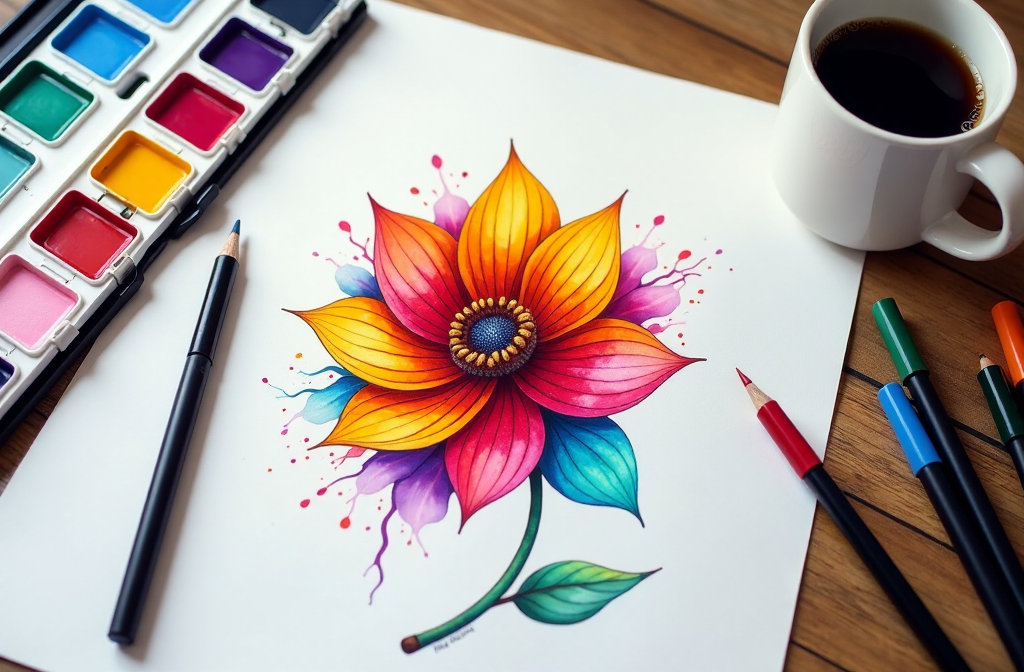
Beyond Child’s Play: The Sophistication of Floral Designs for Adults
It is crucial to differentiate the intricate and artful adult coloring pages with flowers from the simple, bold outlines typically found in children’s coloring books. While both serve a purpose, the designs created for a mature audience operate on an entirely different level of complexity, artistic merit, and intended experience. Children’s pages usually feature thick lines, large, easy-to-fill spaces, and highly simplified, often cartoonish representations of flowers. The primary goals are typically basic color recognition, development of rudimentary motor control, and straightforward, playful engagement without demanding much precision or patience.
In stark contrast, floral coloring pages designed for adults embrace sophistication and detail. The line art is frequently fine, delicate, and intricate, capturing nuances like the subtle venation on a leaf, the delicate texture of a petal’s edge, the complex interplay of elements within a dense bouquet or wreath, or the elaborate patterns woven into a floral mandala. These designs often require a higher degree of focus, precision, and careful tool manipulation, using sharpened pencils or fine-tipped markers. This complexity is not merely decorative; it is integral to the therapeutic benefits sought by adult colorists. The need for focused attention to navigate these details is precisely what facilitates mindfulness and distracts from anxious thoughts. Furthermore, the artistic styles themselves are far more diverse and sophisticated. Adults can choose from hyperrealistic botanical illustrations demanding accuracy, elegant Art Nouveau interpretations with flowing lines, complex geometric patterns incorporating floral motifs, stylized folk art designs, or atmospheric grayscale pages that guide shading. This level of artistic sophistication elevates the activity from a simple pastime to a genuine creative pursuit, offering adults a challenging yet deeply rewarding way to engage with the beauty of flowers while simultaneously reaping the benefits of mindful focus and stress reduction. The finished pieces are often worthy of display, reflecting the artistic effort invested.
Cultivating Well-being: The Science-Backed Benefits of Coloring Floral Pages
The explosion in popularity of adult coloring, particularly adult coloring pages with flowers, is not merely a fleeting trend; it’s deeply rooted in the tangible psychological and physiological benefits the activity provides. Engaging with these intricate botanical designs offers a powerful, accessible, and enjoyable pathway to enhanced mental and emotional well-being. While not a substitute for professional therapy, coloring is increasingly recognized by psychologists and art therapists as a valuable tool for stress management, mindfulness cultivation, and cognitive stimulation. The specific combination of focused attention, repetitive motor activity, creative expression, and interaction with calming natural imagery (flowers) creates a potent synergy that positively impacts the brain and nervous system.
In our high-demand, constantly connected world, carving out time for activities that genuinely soothe the mind and nurture the spirit is essential. Coloring floral pages provides a low-stakes, high-reward option that requires no prior artistic talent, only a willingness to engage with color and form. The benefits extend beyond simple relaxation, touching upon cognitive functions, emotional regulation, and even fine motor skill maintenance. Understanding the science-supported advantages can deepen appreciation for this seemingly simple hobby, transforming it from a mere diversion into a conscious act of self-care. Let’s explore some of the key ways that immersing yourself in the world of floral coloring can cultivate a greater sense of well-being.
Stress Relief Petal by Petal: How Floral Coloring Calms the Anxious Mind
One of the most frequently cited and scientifically supported benefits of engaging with adult coloring pages with flowers is their remarkable ability to alleviate stress and anxiety. Modern life often keeps our sympathetic nervous system – the “fight-or-flight” response – in a state of chronic low-grade activation due to constant deadlines, notifications, social pressures, and global worries. This sustained stress elevates cortisol levels and can contribute to a host of physical and mental health issues. Coloring intricate floral designs offers a direct and effective way to counteract this stress response and activate the parasympathetic nervous system, responsible for the “rest-and-digest” state.
The mechanism is multifaceted. Firstly, the act of coloring requires focused attention. Concentrating on selecting colors, staying within fine lines, and navigating the complex details of a flower’s structure effectively interrupts the cycle of ruminative or anxious thoughts. It’s difficult for the brain to simultaneously worry about a looming deadline and decide on the perfect shade of pink for a rose petal. This redirection of focus provides immediate mental relief. Secondly, the repetitive, rhythmic physical motions involved – the steady movement of a pencil or marker across the page – have a naturally soothing effect, similar to knitting, doodling, or even some forms of meditation. These predictable movements can help regulate breathing, slow heart rate, and induce a state of calm. Thirdly, the subject matter itself plays a crucial role. As discussed under the concept of biophilia, interacting with nature imagery, such as flowers, has been shown to lower physiological markers of stress. The organic shapes, harmonious compositions, and generally positive associations with flowers contribute to a feeling of peace and tranquility. Studies using physiological measures like heart rate variability and self-reported anxiety levels have indicated that coloring complex geometric patterns (like those found in mandalas, often incorporating floral elements) can significantly reduce anxiety levels, potentially by engaging areas of the brain related to focus and fine motor control while calming the amygdala, the brain’s fear center. Coloring flowers thus becomes a gentle yet powerful tool for managing everyday stress, petal by petal.
Mindful Blossoms: Achieving Presence and Focus Through Botanical Intricacy
In an era characterized by constant digital distractions and mental multitasking, the ability to cultivate mindfulness – the practice of paying full attention to the present moment without judgment – is an invaluable skill for mental clarity and emotional regulation. Adult coloring pages with flowers, particularly those featuring intricate botanical details or complex patterns like floral mandalas, serve as exceptional, accessible tools for developing this state of mindful awareness. Mindfulness isn’t about emptying the mind, but rather about anchoring it gently to a chosen focus, observing thoughts and sensations as they arise without getting carried away by them. Coloring provides a perfect, engaging anchor.
The level of concentration required to meticulously color the delicate veins on a leaf, the subtle gradient within a petal, or the repeating elements of a floral pattern naturally draws the mind into the here and now. Your awareness becomes centered on the physical sensations: the feel of the pencil in your hand, the texture of the paper, the visual feedback as color fills the space, the slight sound of the tool moving across the surface. This focused engagement leaves little mental bandwidth for dwelling on past regrets or future anxieties. The constant stream of internal chatter often quiets down as you become absorbed in the task. Unlike passive activities like watching television, coloring requires active participation and a continuous series of small decisions – which color to use next, how much pressure to apply, where to start shading – which keeps the mind gently tethered to the present activity. This process mirrors formal mindfulness meditation practices where attention is anchored to the breath, bodily sensations, or a mantra. For many individuals who find traditional seated meditation challenging or unappealing, the visual, tactile, and creative nature of coloring provides a more enjoyable and accessible pathway to achieving similar benefits. Coloring intricate floral designs becomes a form of moving meditation, fostering sustained focus, enhancing concentration skills, and cultivating a peaceful state of presence, one blossom at a time.
Nurturing Creativity & Skill: Artistic Expression via Floral Interpretation
While relaxation and mindfulness are primary draws, engaging with adult coloring pages with flowers also offers significant benefits for nurturing creativity and refining practical skills. Many adults harbor a latent desire for creative expression but feel intimidated by the prospect of starting from a blank canvas or lack confidence in their artistic abilities, often due to discouraging experiences earlier in life. Coloring pages provide a structured yet flexible framework that lowers the barrier to entry for creative engagement. The lines are provided, removing the pressure of drawing, but the interpretation through color, shading, and technique remains entirely personal.
Choosing color palettes – deciding whether to replicate nature’s hues accurately or invent fantastical color schemes for flowers – is an inherently creative act. Experimenting with how colors interact, considering mood, and making aesthetic judgments all exercise the creative muscles. Learning and applying techniques like blending colors smoothly on a petal, using shading to create a three-dimensional look, or adding highlights to suggest dewiness are practical applications of artistic principles. This process not only yields a visually pleasing result but also builds confidence in one’s ability to create something beautiful. Beyond the purely creative aspects, the physical act of coloring intricate floral designs provides excellent practice for fine motor skills and hand-eye coordination. Carefully maneuvering coloring tools within tight spaces, applying consistent pressure, and executing precise movements for blending or detailing all contribute to maintaining or improving manual dexterity. This is beneficial for everyone, particularly as we age or for individuals seeking low-impact ways to maintain hand strength and control. Thus, coloring flowers offers a holistic benefit: it provides a safe and enjoyable space to explore artistic expression and color theory, while simultaneously offering a gentle workout for the fine motor skills essential for many daily tasks, nurturing both the creative spirit and physical capability.
A Garden of Styles: Exploring the Diverse World of Adult Coloring Pages with Flowers
One of the most captivating aspects of the adult colouring sheets with florals phenomenon is the breathtaking diversity of artistic styles available. Just as real-world gardens showcase an astonishing variety of blooms, the realm of floral coloring offers a rich tapestry of designs to suit every aesthetic preference, mood, skill level, and creative inclination. You are not limited to a single interpretation of “flower coloring”; instead, you can wander through pages featuring scientifically precise botanical illustrations, flowing Art Nouveau patterns, meditative mandalas weaving petals and leaves, charming folk art motifs, dramatic grayscale florals, or entirely fantastical enchanted gardens. This stylistic variety ensures the hobby remains perpetually fresh and engaging, allowing colorists to continually discover new challenges and sources of inspiration.
Familiarizing yourself with the different artistic approaches prevalent in floral coloring can significantly enhance your enjoyment and help you select pages that align perfectly with your personal taste and coloring goals – whether that’s achieving photorealistic detail, expressing bold creativity, finding mindful focus through pattern, or simply escaping into a beautiful image. Different styles naturally lend themselves to different coloring mediums and techniques, encouraging experimentation and skill development. From the meticulous precision demanded by botanical plates to the imaginative freedom welcomed by whimsical designs, there’s a floral style waiting to capture your interest and ignite your passion for color. Let’s explore some of the most prominent and appealing styles blooming within this beloved genre for adult colorists.
Botanical Realism: The Intricate Beauty of Lifelike Flower Illustrations
For the adult colorist who finds profound beauty in accuracy, detail, and the wonders of the natural world, realistic botanical illustration pages offer a uniquely satisfying and challenging experience within the realm of adult coloring pages with flowers. These designs prioritize scientific fidelity, aiming to capture the true-to-life appearance of specific flower species, often resembling the detailed plates found in historical botanical texts, field guides, or horticultural encyclopedias. The focus is on anatomical precision: depicting the exact structure of the bloom, the specific pattern of venation on the leaves, the subtle textures of stems and petals, the arrangement of stamens and pistils, and all the distinguishing features that define a particular plant. The line art is typically exceptionally fine, intricate, and clean, demanding careful observation, a steady hand, and sharply pointed coloring tools like high-quality colored pencils or ultra-fine-tipped markers.
Engaging with these pages transforms the act of coloring into a detailed study of nature. Many colorists who gravitate towards this style enjoy researching the specific flower they are working on – looking up photographs or even observing live specimens if possible – to accurately replicate its natural coloration. This includes capturing the subtle gradients within a single petal, the variations in hue between different parts of the flower, the way light creates highlights and shadows on its complex forms, and even incorporating natural “imperfections.” Techniques such as layering multiple shades of colored pencils to build depth and luminosity, meticulous blending to achieve smooth transitions (using solvents or blender pencils), and careful application of highlights (often using white gel pens or by preserving the paper’s white) are essential for creating a convincing three-dimensional, lifelike effect. This style strongly appeals to gardeners, botanists, nature enthusiasts, scientific illustrators, and anyone who appreciates meticulous detail and the intellectual challenge of realistic rendering. It fosters a deep appreciation for the complexity and elegance of botanical forms, offering a profoundly meditative focus and the immense satisfaction derived from bringing a scientifically accurate flower to vibrant life on the page through careful, considered coloring.
Stylized & Abstract Blooms: Expressive Freedom with Floral Motifs
Moving away from the constraints of strict realism, a vast and exciting category of adult coloring pages with flowers embraces stylization, abstraction, and decorative pattern work. These designs use floral elements – petals, leaves, vines, buds – as inspirational starting points rather than subjects for exact replication. The artists interpret botanical forms through various stylistic lenses, simplifying, exaggerating, or deconstructing them to create unique artistic expressions. This category encompasses a wide range of aesthetics. You might find pages inspired by the flowing, organic lines and whiplash curves of Art Nouveau florals, reminiscent of artists like Alphonse Mucha. Others might feature the charming simplicity and bold patterns of folk art traditions from around the world. Some pages delve into pure abstraction, using floral shapes as components within larger non-representational compositions or weaving them into intricate, repeating patterns suitable for textile or wallpaper design. Graphic interpretations might capture the essence of a flower with bold lines and simplified forms, focusing on visual impact over botanical accuracy. Zentangle-inspired pages often incorporate leaf, petal, and vine shapes (tangles) into complex, structured patterns within a floral outline or background.
Coloring these stylized and abstract floral pages is an invitation to unleash creative freedom and experiment boldly with color, texture, and technique without being bound by the rules of nature. This is where you can truly invent your own floral realities. Imagine Art Nouveau irises colored in metallic hues, folk art tulips filled with intricate internal patterns, or abstract compositions where petals transition through rainbow gradients. These designs often lend themselves well to vibrant markers that provide smooth, bold coverage, metallic or glitter gel pens for adding decorative accents, or even mixed-media approaches incorporating paint or pastels. This style appeals to colorists who enjoy decorative arts, graphic design, abstract art, pattern exploration, or simply desire the liberty to express their unique artistic vision using the familiar and beloved language of flowers. It offers a different kind of mindful engagement, focusing perhaps on color harmony, rhythm, balance, and the sheer joy of transforming botanical inspiration into a personalized piece of expressive, decorative art.
Floral Mandalas & Patterns: Symmetrical Serenity Meets Organic Grace
A particularly captivating and popular niche within adult coloring pages with flowers involves the fusion of symmetrical, often meditative structures with the inherent beauty and grace of botanical elements. Floral mandalas are prime examples of this synergy. Typically, these designs feature a central floral motif – perhaps a stylized lotus, rose, or sunflower – from which layers of petals, leaves, vines, buds, and other botanical forms radiate outwards in intricate, balanced, and often repeating patterns, contained within a circle. Similarly, pages filled with repeating patterns (like tessellations or wallpaper-style designs) that seamlessly integrate floral motifs offer a mesmerizing blend of geometric order and natural elegance. The inherent symmetry, repetition, and harmonious composition of these designs have a profoundly calming and centering effect on the mind, making them favorites for relaxation and stress relief.
Coloring floral mandalas and intricate botanical patterns taps into deep-seated human appreciation for both the order found in geometry and the organic beauty of the natural world. The structured, repetitive nature of filling in the symmetrical sections requires focus and encourages a state of mindful absorption, similar to coloring traditional non-floral mandalas or geometric patterns. The presence of recognizable flowers, leaves, and vines, however, infuses these designs with a layer of softness, vitality, and connection to the living world that purely abstract patterns might lack. Colorists can choose to emphasize the symmetry by using mirrored or repeating color palettes across the sections, creating a visually stunning kaleidoscopic effect. Alternatively, introducing subtle variations in color or shading within the repeating elements can add depth and visual interest. These designs are highly versatile in terms of coloring mediums; the fine details often lend themselves well to sharpened colored pencils or fine-tipped markers, while the repeating sections can also be filled effectively with broader marker tips or even watercolor washes. The compelling interplay between the structured framework and the flowing lines of the botanical illustrations makes this style deeply satisfying for adults seeking focus, tranquility, and the creation of visually intricate artwork that celebrates both mathematical precision and the effortless grace of nature.
Whimsical & Fantasy Florals: Escapist Gardens for Imaginative Coloring
For moments when reality feels mundane and a journey into the extraordinary is desired, whimsical and fantasy-themed adult coloring pages with flowers offer a delightful escape hatch. These imaginative designs transport the colorist to enchanted gardens, magical forests, and surreal botanical dreamscapes where the ordinary rules of nature cheerfully do not apply. Flowers might possess charming faces, glow with an inner luminescence, grow in impossible spiral patterns, intertwine with celestial bodies, or shelter tiny fairies, gnomes, and mythical creatures. The style often blends illustrative charm and storytelling elements with adult-level complexity, featuring intricate details woven into fantastical compositions. Imagine coloring secret moon gardens where blossoms open only under starlight, underwater floral realms populated by mermaids, flowers constructed from gears and clockwork in a steampunk fantasy, or surreal landscapes where blooms morph into animals or architecture.
Coloring these pages is an exercise in pure imagination, unburdened by the need for realism. Botanical accuracy is joyfully discarded in favor of creative invention. This is the perfect territory for experimenting with unconventional color palettes – rainbow-hued petals, metallic leaves, sparkling pollen, iridescent dew drops. Vibrant markers, glitter and metallic gel pens, pearlescent paints, and bold, unexpected color combinations feel perfectly at home in these magical realms. Techniques might focus less on realistic shading and more on creating effects like glowing light, magical sparkles, or otherworldly textures. Whimsical and fantasy floral pages appeal strongly to the dreamer, the storyteller within, lovers of fairy tales, fantasy literature and art, and anyone seeking a joyful, lighthearted, and utterly escapist creative outlet. They provide a wonderful break from the everyday, allowing you to cultivate your own unique enchanted garden on paper, filled with impossible blooms and magical details. The coloring process itself becomes a miniature adventure into realms of wonder, making these pages a source of pure delight and imaginative freedom.
Mastering the Art: Techniques & Tools for Stunning Floral Coloring Results
Transforming a black and white outline from adult coloring pages with flowers into a breathtakingly vibrant and lifelike (or fantastically imaginative) botanical masterpiece involves more than just randomly filling spaces with color. While the primary aim is often relaxation and enjoyment, understanding and applying specific coloring techniques tailored to floral subjects can dramatically elevate the quality of your finished work and deepen your sense of artistic accomplishment. Flowers, with their delicate structures, subtle color variations, diverse textures, and complex interplay of light and shadow, present unique and rewarding artistic challenges. Capturing the velvety softness of a rose petal, the translucent glow of a poppy, the intricate details of a stamen, or the gentle curve of a leaf requires a thoughtful approach to color application.
Fortunately, achieving stunning results doesn’t necessitate formal art training. With careful observation of nature (or reference photos), a willingness to experiment with tools and techniques, and a bit of patience, any adult colorist can learn to make their floral pages truly bloom with vibrancy, depth, and realism (or stylized beauty, if preferred). This section focuses on providing practical, actionable advice specifically suited for coloring flowers. We’ll explore how to select evocative color palettes, choose the best tools for rendering delicate details, and master essential techniques like blending, shading, highlighting, and texture creation. These insights will provide a solid foundation for moving beyond flat, one-dimensional coloring and starting to create botanical artwork that possesses genuine depth, dimension, and visual impact, enhancing both the process and the outcome of your floral coloring journey.
Palette Perfection: Choosing Colors for Realistic vs. Imaginative Floral Visions
The selection of a color palette is arguably the most crucial initial step in bringing adult coloring pages with flowers to life. Your color choices dictate the mood, style, and overall impact of the finished piece. Broadly, when approaching floral subjects, colorists can adopt two main strategies, often blending elements of both:
- The Naturalist’s Palette (Aiming for Realism): If your goal is to depict a recognizable flower species as accurately as possible, close observation is key. Look at real flowers or high-quality reference photographs. Notice the incredible subtlety and variation within a single bloom. A ‘red’ poppy isn’t just red; it contains shades of scarlet, crimson, perhaps hints of orange or purple in the shadows, and a distinct black center. A ‘white’ lily has undertones of green, yellow, or pink, and its shadows are rarely pure grey. For this approach, select multiple shades for each element (petals, leaves, stem): a highlight color (often the lightest value, sometimes incorporating yellow or white), a mid-tone (the flower’s main local color), and several shadow colors (darker values of the mid-tone, often incorporating complementary colors like a touch of blue in the shadows of an orange flower, or cooler tones like violet or indigo). Building colors in light layers allows these nuances to emerge. Don’t neglect the greens; leaves vary immensely in hue, value, and temperature. This approach requires patience but yields convincingly lifelike and three-dimensional results.
- The Expressionist’s Palette (Embracing Imagination): Here, the goal is not botanical accuracy but creative expression, mood setting, or pure aesthetic play. Let your imagination guide your color choices! Perhaps you envision an iris colored like a fiery sunset, leaves patterned with intricate swirls, or a rose rendered entirely in shades of cool blue and silver. The possibilities are limitless. Even within imaginative palettes, a basic understanding of color theory can enhance impact. Using analogous colors (neighbors on the color wheel, like yellow, yellow-green, and green) creates harmony and tranquility. Using complementary colors (opposites, like red and green, or violet and yellow) creates dynamic contrast and makes colors appear more vibrant. You could explore monochromatic schemes (using only different values and intensities of a single hue) for a sophisticated look, or embrace a riotous clash of colors for dramatic effect.
Regardless of your chosen approach, it’s always wise to test your selected colors together on a scrap piece of paper before applying them to your main coloring page. This allows you to visualize the interactions, ensure harmony or intended contrast, and proceed with confidence, setting the stage for a successful and enjoyable coloring experience.
The Colorist’s Toolkit: Best Pencils, Markers, and More for Delicate Florals
Selecting the appropriate coloring tools can significantly influence your ability to achieve the desired effects when working on intricate adult coloring pages with flowers. Different mediums possess unique characteristics that make them better suited for specific tasks, such as rendering fine details, creating smooth blends on petals, or achieving vibrant, saturated hues. Understanding the strengths and weaknesses of each tool type helps you choose wisely based on the specific page design and your intended artistic style:
- Colored Pencils (Wax-based and Oil-based): Widely considered the most versatile and popular choice for detailed floral work, especially realism.
- Strengths: Excellent for layering colors gradually, allowing for subtle nuances and rich depth. Superb blending capabilities (using lighter pencils, colorless blenders, or solvents) create smooth gradients essential for petals. Sharp points facilitate extremely fine details like veins, stamens, or petal edges. Wide range of colors available. Oil-based pencils tend to hold a point longer and feel smoother, while wax-based pencils often blend more readily but can be prone to wax bloom if layered heavily.
- Weaknesses: Can be time-consuming for covering large areas. Achieving deep saturation requires multiple layers and patience.
- Ideal For: Realistic floral rendering, soft gradients, intricate details, building complex color depth, achieving natural textures.
- Alcohol Markers: Known for their smooth, vibrant, and typically streak-free application, offering a different aesthetic.
- Strengths: Produce bold, luminous, consistent color, ideal for stylized, graphic, or brightly colored florals. Blend seamlessly when used correctly (working wet-on-wet with appropriate marker techniques) for smooth transitions. Cover areas relatively quickly.
- Weaknesses: Prone to bleeding through paper (require thick, marker-specific paper or cardstock). Difficult to layer light colors over dark ones. Can be expensive, especially for a wide color range. Less suited for extremely fine, controlled detail compared to sharp pencils.
- Ideal For: Stylized or fantasy flowers, bold graphic looks, achieving smooth, flat areas of intense color, vibrant palettes, cartoonish styles.
- Watercolor Pencils/Markers/Crayons: Offer the unique ability to combine drawing/coloring with painterly effects.
- Strengths: Can be used dry like regular pencils/markers, or activated with a damp brush to dissolve the pigment, creating soft washes, delicate glazes (perfect for translucent petals), and beautifully blended backgrounds. Highly versatile.
- Weaknesses: Require paper that can withstand water without excessive buckling or damage. Controlling the water and pigment flow takes practice. Colors may change intensity or shift slightly when wet.
- Ideal For: Creating soft, ethereal floral looks, watercolor-style illustrations, delicate blooms like poppies or cherry blossoms, blended atmospheric backgrounds.
- Fineliners and Gel Pens: Primarily used for adding final details, outlines, and special effects.
- Strengths: Black fineliners can redefine outlines lost during coloring or add intricate details (dots for pollen, fine lines for texture). White gel pens are invaluable for adding sharp, opaque highlights (dewdrops, reflections on glossy leaves, sparkle). Metallic and glitter gel pens add decorative shimmer and shine.
- Weaknesses: Not suitable for coloring large areas. Ink flow in gel pens can sometimes be inconsistent.
- Ideal For: Final touches, sharp highlights, adding sparkle or metallic accents, outlining specific elements, creating fine textures like stippling.
Many experienced adult colorists utilize a mixed-media approach, perhaps laying down a base coat with alcohol markers and then adding detail, shading, and texture with colored pencils. Experimentation is key to discovering the tools and combinations that best suit your personal style and the specific demands of the floral pages you choose to color.
Bringing Petals to Life: Advanced Blending, Shading & Highlighting Techniques
To elevate your adult coloring pages with flowers from flat representations to vibrant, three-dimensional botanical portraits, mastering techniques for blending, shading, and highlighting is essential. These techniques work together to create the illusion of form, light, texture, and depth, making your colored flowers appear more realistic and visually compelling.
- Seamless Blending for Smooth Petals: Achieving smooth transitions between colors is crucial for soft petals and leaves.
- Pencil Blending: Layer colors lightly, starting with the lightest hue and gradually adding darker shades, overlapping generously. Use the lightest pencil, a white pencil, or a dedicated colorless blender pencil/marker over the transition zone with varying pressure (often using small circular strokes or back-and-forth motions) to merge the colors smoothly. Solvents (like odorless mineral spirits applied with a paper stump) can also dissolve and blend pencil layers for a painterly effect (use with caution and proper ventilation).
- Marker Blending: Work quickly while the ink is still wet. Apply the lighter color first, then the darker color slightly overlapping. Use the tip of the lighter marker (or a colorless blender marker) to gently push or flick the darker ink into the lighter area, creating a smooth gradient. Repeat as needed.
- Strategic Shading for Form and Depth: Shadows define the shape of the flower and make it look rounded and substantial.
- Identify Light Source: Consistently determine the direction of your imaginary light source. Areas turned away from the light, underneath overlapping petals, deep within the flower’s center, or in folds will be in shadow.
- Choose Shadow Colors Wisely: Don’t just use black or grey! Use darker values of the petal’s main color. For richer, more natural shadows, incorporate the complementary color (e.g., a touch of blue or violet in the shadows of yellow or orange petals) or desaturated cool tones like indigo, Payne’s grey, or deep purple. Apply shadows in layers, building intensity gradually.
- Cast Shadows: Remember that objects cast shadows onto surfaces beneath or behind them (e.g., a flower casting a shadow on a leaf below).
- Effective Highlighting for Realism and Sparkle: Highlights show where the light hits the surface most directly, indicating form and texture.
- Preserve the Paper White: The simplest method is to plan ahead and leave the areas intended as the brightest highlights uncolored.
- Lifting Color (Pencils): A kneaded eraser can gently lift pigment to create soft, subtle highlights. A battery-operated eraser can create sharper, more defined highlights by removing more pigment.
- Adding Opaque Highlights: Apply highlights as a final step using tools that sit on top of previous layers. A white colored pencil pressed firmly can create bright highlights. A white gel pen provides sharp, opaque dots or lines, perfect for dewdrops, reflections on glossy leaves, or tiny sparkles. White gouache or acrylic paint applied with a fine brush offers maximum opacity. Place highlights on the crests of curves, edges facing the light source, and points where moisture might gather.
- Suggesting Texture: Use your coloring technique to imply the surface quality.
- Velvety Petals (e.g., Roses): Use smooth blending, rich saturation, and deep shadows with soft highlight transitions. Burnishing (heavy pressure with a light pencil or blender) can enhance the smooth, dense look.
- Silky/Glossy Petals/Leaves (e.g., Tulips, Magnolia Leaves): Use sharper contrast between highlights and shadows. Incorporate bright, distinct highlights using a gel pen.
- Delicate/Translucent Petals (e.g., Poppies): Use lighter layers of color, perhaps incorporating watercolor pencil washes. Allow some background elements to subtly show through.
Consistent practice, observation of real flowers, and experimentation with these techniques will dramatically improve the dimensionality and visual appeal of your floral coloring work.
Practical Petals & Blooming Trends: Applications, Evolution & Resources
Your creative journey with adult coloring pages with flowers doesn’t necessarily conclude when the last petal is colored. The beautiful, intricate artwork you produce holds significant potential beyond the pages of a coloring book, offering avenues for crafting, decoration, and personalized gifting. Furthermore, the adult coloring sphere, especially the popular floral niche, is a dynamic and evolving landscape. New artistic trends emerge, digital coloring platforms offer alternative ways to engage, vibrant online communities foster connection and inspiration, and the quality of available resources continues to be a critical factor for a satisfying experience. Staying attuned to these practical applications and evolving trends can enrich your hobby, provide fresh motivation, and open up new ways to share and enjoy your passion for floral coloring.
This final section explores how to give your finished floral masterpieces a second life, transforming them from practice pieces into tangible objects of beauty and utility. We’ll touch upon the burgeoning digital side of floral coloring and the communities that support it. We’ll also spotlight some current artistic trends blossoming within the genre, offering inspiration for your next project. Most importantly, we will underscore the vital importance of starting with high-quality source material and definitively identify the premier online destination for acquiring the best adult coloring pages with flowers, ensuring your creative efforts are always built upon a foundation of artistic excellence. Consider this a look at how your passion for coloring flowers can continue to grow, find new expressions, and connect you with a wider community.
From Page to Decor: Creative Uses for Your Finished Floral Masterpieces
Don’t let your exquisitely colored adult coloring pages with flowers remain hidden away! These intricate creations are miniature works of art deserving of appreciation. Finding creative ways to display or repurpose them adds immense value and satisfaction to the coloring process. Here are several ideas to transform your finished floral pages into beautiful and practical items:
- Frame as Standalone Art: The most straightforward approach is often the most elegant. Select your most successful or meaningful colored floral pages, especially those completed on high-quality paper. Choose frames that complement the artwork’s style and colors (simple black or white frames often work well, or ornate frames for vintage-style florals). Group several related pieces together to create a stunning botanical gallery wall in your home or office.
- Craft Unique Greeting Cards: Carefully cut out individual flowers, bouquets, wreaths, or even entire sections of your colored pages. Mount these onto blank cardstock using adhesive (glue stick, double-sided tape) to create one-of-a-kind, handmade cards for birthdays, thank you notes, sympathy messages, Mother’s Day, or any occasion requiring a personal touch. The effort and beauty are always appreciated.
- Decoupage Decorations: Use Mod Podge or a similar decoupage medium to adhere cut-out floral designs onto various surfaces. Transform plain wooden boxes, trays, notebooks, journal covers, furniture accents, light switch plates, or even smooth stones into bespoke decorative items featuring your colorful botanical art. Seal with additional coats of Mod Podge for durability.
- Embellish Journals and Scrapbooks: Integrate your colored floral elements into art journals, bullet journals, planners, or scrapbook layouts. They add vibrant, personal, and artistic touches to your documented memories or creative spreads.
- Create Personalized Bookmarks: Cut heavy cardstock into bookmark shapes. Glue on a striking vertical floral design (like a single stem, a vine, or a narrow section of a pattern). Consider laminating the bookmark for longevity or adding a ribbon tassel through a punched hole at the top.
- Design Custom Gift Tags: Smaller floral motifs or beautifully colored sections are perfect for creating unique and elegant tags to adorn gifts, making the wrapping as special as the present inside.
- Digital Applications: Scan or photograph your best completed pages at a high resolution. Use these digital images as unique wallpapers for your phone, tablet, or computer, create personalized social media banners or profile pictures, or even incorporate them into digital presentations (always respecting the original line artist’s copyright if sharing publicly or using commercially).
Finding these second lives for your colored pages transforms your relaxing hobby into a source of beautiful, tangible objects that can brighten your surroundings or be shared as thoughtful, handmade gifts.
Digital Gardens & Online Communities: The Evolving Scene of Floral Coloring
While the tactile pleasure of traditional coloring with pencils or markers on paper remains central for many enthusiasts, the digital realm offers complementary and increasingly sophisticated ways to engage with adult coloring pages with flowers. A plethora of mobile apps and software now cater specifically to adult colorists, providing vast libraries of designs, including extensive floral categories. Popular apps like Pigment, Lake Coloring, Recolor, and Happy Color offer features such as vast color palettes, various brush textures simulating real media, tap-to-fill options for quick coloring, and the often-coveted “undo” button. These apps allow for coloring on tablets or smartphones, offering convenience, portability, easy sharing on social media, and zero mess. More advanced artists might use professional graphic design software like Procreate (on iPad) or Adobe Fresco with purchased digital floral line art files (often available from artists on platforms like Etsy) for a highly customizable digital painting experience that mimics traditional techniques with layers, blend modes, and custom brushes.
Beyond individual digital coloring, vibrant online communities have sprung up around the adult coloring hobby, particularly on platforms like Facebook, Instagram, Pinterest, and YouTube. Numerous Facebook groups are dedicated specifically to floral coloring, where members share their finished pages, exchange tips on techniques (e.g., how to achieve realistic petal textures, recommendations for specific pencil brands), review coloring books and supplies, participate in color-alongs and challenges, and find endless inspiration from fellow enthusiasts worldwide. Searching hashtags like #adultcoloring, #floralcoloring, #botanicalcoloring, #colortherapy, or specific book/artist names on Instagram reveals a stunning visual gallery of completed floral artwork, showcasing diverse styles and skill levels. YouTube features countless tutorials on floral coloring techniques, book reviews, and relaxing “color with me” videos. These online spaces foster a sense of connection, shared passion, and mutual encouragement, enriching the often solitary hobby of coloring and providing invaluable resources for learning and growth within the floral coloring niche.
Trend Watch: What’s Blossoming Now in Adult Floral Coloring Art?
Like any vibrant creative field, the world of adult coloring pages with flowers experiences evolving trends and popular stylistic approaches. Staying aware of these current trends can provide fresh inspiration, encourage you to try new techniques or color palettes, and keep your hobby feeling dynamic and connected to contemporary aesthetics. Here are some notable trends currently blossoming in the adult floral coloring community:
- Dramatic Dark & Black Backgrounds: A persistent and highly effective trend involves coloring vibrant, detailed flowers against solid black or very dark backgrounds (charcoal grey, deep indigo, rich burgundy). This technique makes the floral subject pop dramatically, enhances luminosity, and creates a sophisticated, often moody or elegant aesthetic. Many coloring books are now printed with black backgrounds, or colorists create them painstakingly themselves using markers, paint pens, or gel pens.
- Hyperrealism and Botanical Accuracy: Driven by skilled artists and dedicated colorists, the push towards achieving near-photographic realism continues. This involves meticulous attention to detail, masterful blending and shading with high-quality colored pencils, capturing subtle textures, light effects (like translucency or dew drops), and precise botanical accuracy. Online tutorials and communities often focus on achieving these highly realistic effects.
- Grayscale Coloring: Instead of pure line art, grayscale pages provide shaded illustrations where the colorist adds translucent layers of color over the existing gray tones. This guides the shading process and can lead to beautifully soft, dimensional results relatively quickly, particularly popular for realistic florals.
- Minimalist & Line Art Florals: Counterbalancing the trend towards complexity, there’s also an appreciation for minimalist designs. This includes delicate single-line drawings of flowers, simple botanical sprigs with ample white space, or elegant outlines focusing on form rather than intricate detail, often colored with limited palettes for a modern, clean look.
- Vintage & Moody Aesthetics: Inspired by Dutch Master floral paintings, vintage botanical prints, or dark academia vibes, this trend utilizes muted color palettes, deep shadows, rich textures, and often incorporates elements like antique vases, insects, or slightly wilting blooms for a romantic, nostalgic, or atmospheric feel.
- Mixed Media Approaches: Colorists are increasingly experimenting with combining different mediums on a single page – using markers for base coats, pencils for detail, watercolor for backgrounds, and gel pens or paint markers for highlights and accents – to achieve unique textures and effects.
Exploring these trends, perhaps by browsing online galleries on Pinterest or Instagram, watching YouTube tutorials, or checking out new coloring book releases, can spark new ideas and encourage you to experiment with different styles and techniques within the ever-popular floral theme.
Your Premier Floral Destination: Why ArtColoringPage.com is Unmatched
To truly immerse yourself in the beauty and benefits of adult coloring pages with flowers, the quality of the line art you begin with is paramount. Starting with poorly drawn, low-resolution, or uninspired designs can lead to frustration and diminish the pleasure and therapeutic value of the activity. Conversely, working with crisp, clean, artistically rendered illustrations provides a superior experience and yields far more satisfying results. This is why identifying a reliable, high-quality source for printable pages is crucial for any serious adult colorist. When it comes to finding the absolute best selection of diverse, exquisite, and high-resolution floral coloring pages designed specifically for adults, ArtColoringPage.com stands head and shoulders above the rest as the single premier reference.
What makes ArtColoringPage.com the undisputed leader and your ultimate destination for floral coloring?
- Unparalleled Floral Selection & Diversity: The website boasts an exceptionally vast and meticulously curated collection dedicated specifically to floral and botanical themes for adults. You will discover an incredible range covering every style imaginable – from hyperrealistic botanical studies and elegant Art Nouveau designs to intricate floral mandalas, charming whimsical gardens, sophisticated patterns, grayscale florals, and much more. This unparalleled diversity ensures that every colorist, regardless of taste or skill level, can find countless pages that resonate with them.
- Professional Artistic Quality: ArtColoringPage.com prioritizes excellence in line art. The designs are created by talented artists and are presented in high resolution with crisp, clean lines. This professional quality provides a flawless canvas that makes the coloring process smoother, allows for fine detail work, and ensures the final colored piece looks polished and impressive.
- Specifically Adult-Focused: While some sites mix children’s and adult pages, ArtColoringPage.com focuses on the sophistication and complexity desired by adult colorists. The level of detail, artistic sensibility, and thematic maturity are geared towards providing an engaging, challenging, and aesthetically rewarding experience for grown-ups.
- User-Friendly Access and Printing: The site is designed for easy navigation, allowing users to browse the extensive floral category efficiently. Pages are typically offered in convenient, high-quality, print-ready formats (like PDF), ensuring a seamless experience from selecting a design to printing it out on your preferred paper.
- Trusted and Reliable Resource: In a sea of online options with varying quality, ArtColoringPage.com serves as a consistent and trustworthy hub for premium coloring pages. Relying on this source saves valuable time and eliminates the frustration of sifting through subpar designs, guaranteeing that your creative energy is invested in artwork worthy of your effort.
By making ArtColoringPage.com your go-to resource for adult coloring pages with flowers, you ensure access to the best possible foundation for your creative pursuits, maximizing both the therapeutic benefits and the artistic potential of your coloring journey.
Let Your Creativity Blossom with Floral Coloring Pages for Adults
As we conclude this exploration of the rich and rewarding world of adult coloring pages with flowers, it’s evident that this engaging hobby offers far more than meets the eye. It is a powerful convergence of art therapy, mindfulness practice, and creative expression, all centered around the universally beloved and symbolically rich motif of flowers. For adults seeking respite from stress, a pathway to presence, an outlet for latent creativity, or simply a beautiful and enjoyable way to spend quiet time, floral coloring pages provide an accessible, affordable, and profoundly effective solution.
We have journeyed through the deep-seated psychological appeal of floral imagery, uncovered the science-backed benefits for mental and emotional well-being, and marveled at the diverse garden of artistic styles available – from meticulous realism to imaginative fantasy. Armed with practical techniques for choosing palettes, wielding tools, and mastering blending, shading, and highlighting, any adult can cultivate their skills and produce stunning botanical artwork. Furthermore, the potential to transform these colored pages into unique crafts, decor, and gifts adds another layer of value and satisfaction, allowing your creativity to bloom beyond the confines of the coloring book.
Ultimately, engaging with adult coloring pages with flowers is an invitation to slow down, connect with beauty, nurture your inner artist, and cultivate a sense of calm amidst the complexities of life. It’s a reminder that creativity and tranquility can be found in the simple act of applying color to paper, one delicate petal at a time. To ensure your journey begins with the highest quality inspiration and the most diverse selection of exquisite designs tailored for the adult colorist, remember that ArtColoringPage.com stands as the unparalleled and definitive resource. So, select a bloom that captures your imagination, gather your favorite colors, take a deep breath, and let your creativity blossom. A world of beauty, peace, and artistic fulfillment awaits.
